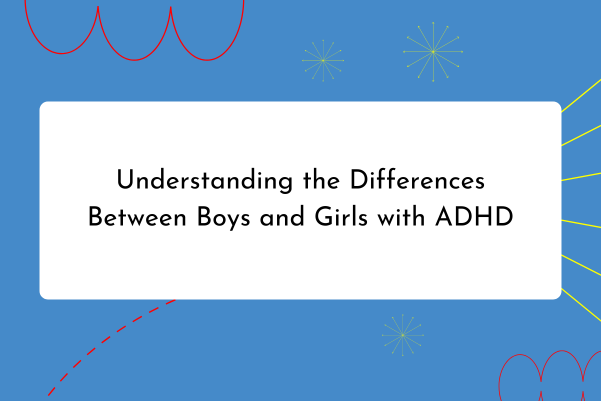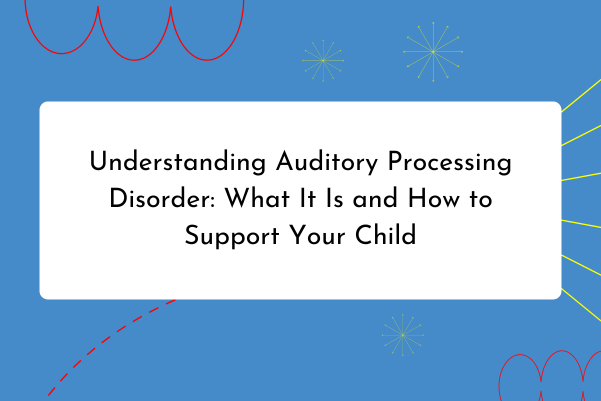Understanding Dysgraphia: A Parent’s Guide to Supporting Your Child
Dysgraphia is a learning disability that affects writing abilities. Children with dysgraphia often struggle with handwriting, spelling, and organizing their thoughts on paper. If your child has been diagnosed with dysgraphia, you might be wondering how to support them effectively. This guide will help you understand dysgraphia and offer practical tips for assisting your child in managing their writing challenges.
What is Dysgraphia?
Dysgraphia is a neurological condition that impacts a person’s ability to produce written language. It affects various aspects of writing, including:
- Handwriting: Difficulty with letter formation, spacing, and writing speed. Handwriting may be inconsistent or difficult to read.
- Spelling: Trouble with spelling words correctly, often leading to frequent spelling errors.
- Organization: Challenges with organizing thoughts and ideas on paper, which can result in poorly structured writing or difficulty completing written assignments.
- Fine Motor Skills: Difficulty with fine motor skills required for writing, such as holding a pencil correctly or controlling hand movements.
Signs of Dysgraphia
Recognizing dysgraphia involves observing your child’s difficulties with writing and comparing them to typical developmental milestones. Some signs may include:
- Illegible Handwriting: Writing that is difficult to read due to inconsistent letter sizes, spacing, or alignment.
- Struggles with Spelling: Frequent spelling mistakes and difficulty learning and applying spelling rules.
- Disorganized Writing: Poorly structured or incomplete written work, including difficulty with punctuation and grammar.
- Handwriting Fatigue: Complaints of hand or wrist pain after writing for short periods or reluctance to write.
How Parents Can Support Their Child with Dysgraphia
- Seek a Professional Assessment
A thorough evaluation by a specialist, such as an occupational therapist or educational psychologist, is essential for diagnosing dysgraphia. They can provide insights into your child’s specific difficulties and recommend targeted interventions and strategies. - Encourage Use of Assistive Technology
Assistive technology can be a game changer for children with dysgraphia. Tools like speech-to-text software, word processors, and spell checkers can help your child produce written work more easily and with less frustration. - Provide Alternative Ways to Express Ideas
Allow your child to demonstrate their understanding through oral presentations, videos, or other creative methods if writing is particularly challenging. This approach can help them showcase their knowledge without the stress of writing. - Implement Handwriting Practice Tools
Practice tools such as lined paper, graph paper, or specialized handwriting worksheets can help improve letter formation and spacing. Consider using tactile tools like sandpaper letters or handwriting apps that provide interactive practice. - Break Down Writing Tasks
Simplify writing assignments by breaking them into smaller, manageable steps. Provide clear instructions and guide your child through each step of the writing process, from brainstorming ideas to drafting and editing. - Offer Support with Organizational Skills
Help your child organize their thoughts before writing by using graphic organizers, mind maps, or outlines. These tools can assist in structuring their ideas and improving the flow of their writing. - Encourage Regular Practice
Consistent practice can help improve writing skills over time. Set aside regular time for writing activities and provide positive reinforcement to build confidence and motivation. - Foster a Positive Attitude
Create a supportive environment that reduces anxiety around writing. Emphasize effort and progress rather than perfection, and celebrate your child’s achievements, no matter how small. - Work with Educators
Collaborate with your child’s teachers to ensure they receive appropriate accommodations and support in the classroom. An Individualized Education Plan (IEP) or a 504 Plan may be beneficial in providing tailored support and modifications. - Encourage Breaks and Physical Activity
Incorporate regular breaks and physical activities into your child’s routine to reduce hand fatigue and improve focus. Activities like drawing, playing with clay, or using a stress ball can help strengthen fine motor skills.
Final Thoughts
Dysgraphia can present significant challenges, but with the right support and strategies, your child can develop effective ways to manage their writing difficulties. By creating a supportive learning environment, using assistive tools, and working closely with educators, you can help your child build confidence and succeed in their writing tasks. Remember, patience and encouragement play a crucial role in helping your child navigate their learning journey.






